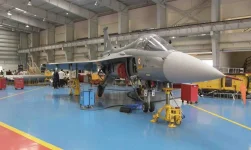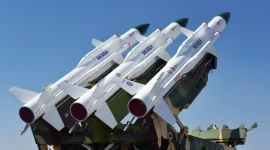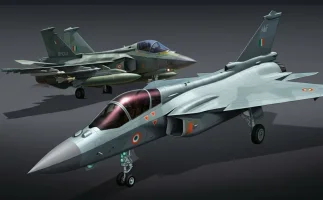- Views: 4K
- Replies: 17
India's Defence Research and Development Organisation (DRDO) has announced an ambitious project to create and test a powerful 300-kilowatt (kW) laser weapon system, named "Surya," by 2027. This development represents a significant advancement in India's efforts to acquire sophisticated next-generation defence technologies.
The proposed system is a type of Directed Energy Weapon (DEW), which uses concentrated energy, like high-power lasers, for military purposes. Such weapons offer advantages like high precision, light-speed engagement, and the potential for scalable power.
The Surya system aims to effectively counter various aerial threats, including drones and potentially missiles, up to a distance of 20 kilometres. This places India among a select group of nations actively developing advanced directed energy capabilities for future warfare scenarios.
According to DRDO, the initial 300kW laser will serve as a foundational module. The system is being designed with a modular approach, meaning its power output could potentially be increased significantly in the future, possibly reaching megawatt levels, by combining multiple units. This adaptability ensures the Surya weapon can be upgraded over time to meet new operational needs and counter evolving threats.
The success of the Surya project relies on several cutting-edge technologies, many developed within India to promote self-reliance in critical defence areas. Key components include:
- Advanced Laser Generation: Technologies like Centrifugal Bubble SOG are used to create a stable, high-quality laser beam essential for performance.
- Efficient Power Management: Systems incorporating supersonic nozzles and sealed exhausts help maintain the laser's efficiency and stable power output.
- Precision Targeting: Sophisticated sensors and tracking systems are designed to detect and lock onto targets up to 20km away.
- Long-Range Beam Delivery: A large 60 cm aperture beam director helps maintain the laser's focus and intensity over long distances.
- Atmospheric Compensation: An adaptive control system adjusts the laser beam in real-time to counteract distortions caused by atmospheric conditions like turbulence, ensuring accuracy.
- Integrated Control: A central Beam Control System manages aiming, tracking, and energy delivery for maximum effectiveness, even against moving targets.
DRDO outlines the Surya DEW as a ground-based, transportable system. Key specifications include a continuous wave 300kW laser, high optical quality (rated less than 2 MQ) for a focused beam, and the 60 cm output aperture for range.
The entire system is planned to be mounted on two 8x8 vehicles, with a separate vehicle housing the command and control station, allowing for operational flexibility in various defence scenarios.
The development of Surya signifies India's commitment to advancing its indigenous defence capabilities with futuristic weapon systems.





